Celebrating 50 on the eternal steppe
‘Since we were teenagers, Jean and I talked about visiting Mongolia’
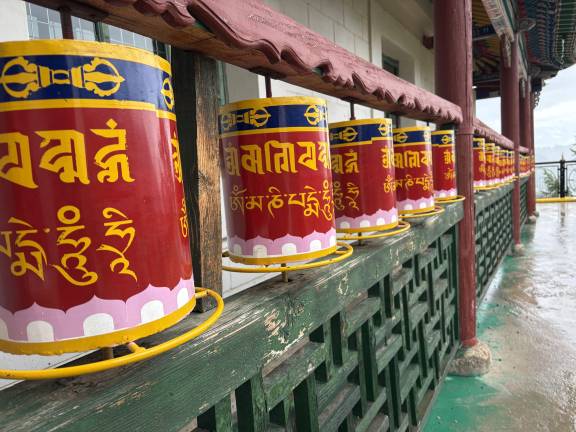
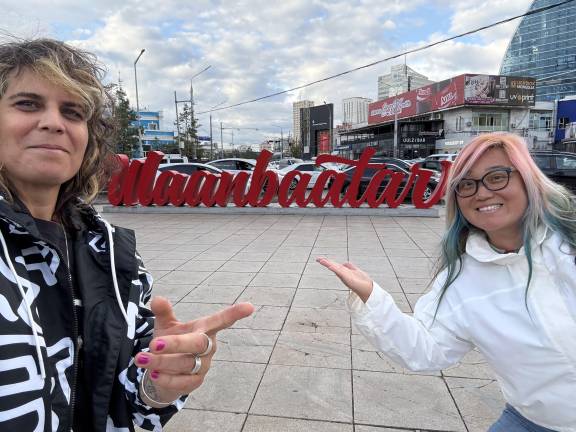
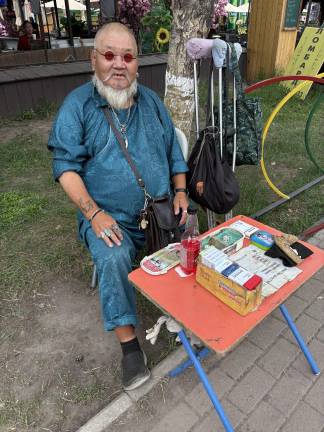
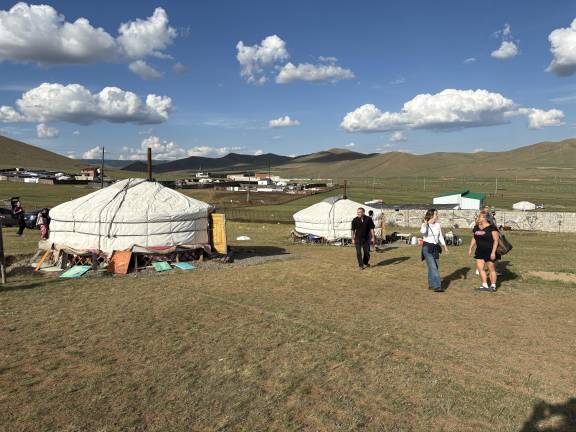
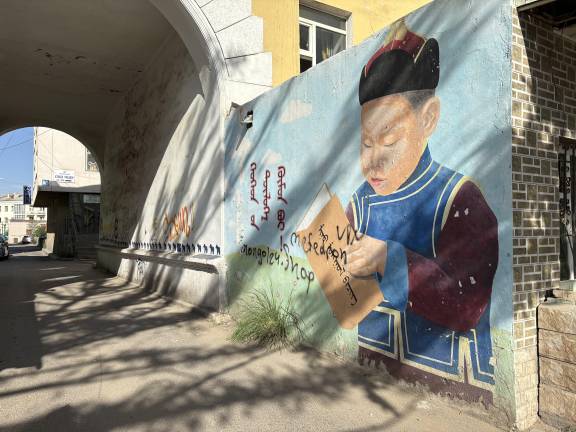
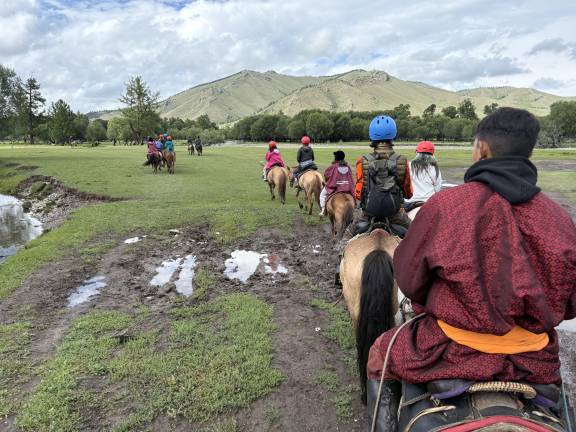
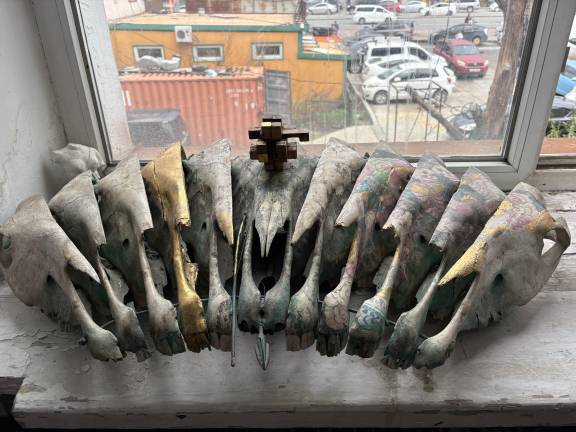
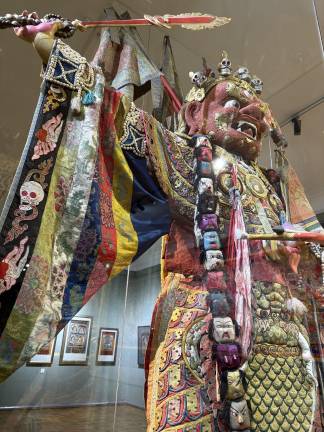
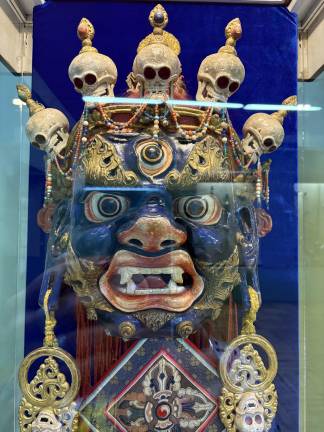
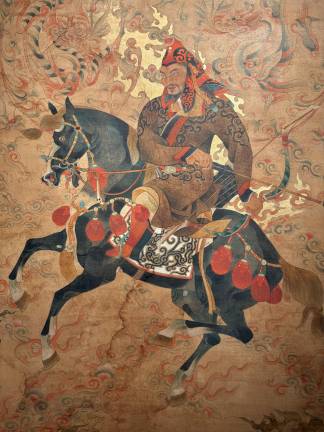
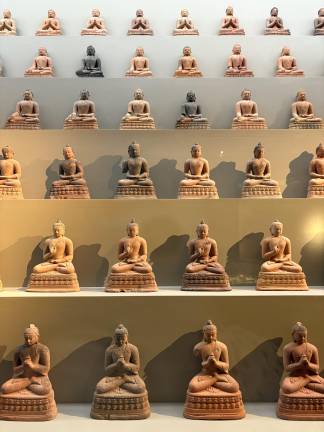
This epic art adventure story begins with Jean, my bestie since we met in the art room of our suburban high school on Long Island when we were 17. Jean is a magical human being from Seoul, South Korea. Knowing her has been both a sturdy friendship and a deepened understanding of the East and its many vibrant cultures, indeed my life-long love-affair with Asia. In 1999, I moved to rural China and lived there for two years, teaching English and exploring the continent, all of which influenced my professional path. A decade later I made my way into the graduate program for East Asian Studies at Columbia University, where I had the honor of studying with some of the world’s most erudite minds, including Professor Morris Rossabi, a scholar of Mongol history.
Since we were teenagers, Jean and I talked about visiting Mongolia. We became possessed by the idea, and it hovered as a distant dream for over 30 years. Suddenly we turned around and Jean was about to celebrate her fiftieth birthday—and hot damn, it was time to manifest the dream.
Our path to Mongolia was by way of an artist residency run by international art curator Gantuya Badamgarav. In addition to her impressive work organizing over 200 exhibitions – including four editions of the Mongolia Pavilion at the Venice Biennale – she is the founder of Red Corner International Residency, a two-week nomadic residency program for artists and art practitioners. We applied as a duo – me as a writer and Jean as a painter – and were accepted to join a cohort of 15 international artists.
We arrived in early August to find ourselves part of a fun-loving mix of artists from diverse countries including Turkey, Taiwan, Australia, Belgium, England and Spain. The program was incredibly well-organized by Badamgarav and her team, and our first week was spent in the capital city, Ulaanbaatar. There we explored the local art scene and visited with Mongolian artists in their studios in addition to seeing temples and museums. As a student of Buddhist philosophy and art, it was a thrill to encounter the work of local artists and their conscious blending of Mongolian aesthetic culture with influences such as the rich symbolism of Tibetan Buddhism. This immersion experience was a crash course in the diversity and intensity of Mongolian contemporary art.
After our time in the city, we travelled to the far-flung steppe and grasslands for a week, half of which we spent in traditional Mongolian yurts (known as gers) and the other half in tents. During our time “off the grid” I tore through an Oxford mini-series book, The Mongols: A Very Short Introduction, written by Morris Rossabi, my professor from Columbia. Reading his book while travelling through the lands whence the Mongol warriors rode forth to conquer and create the modern world was remarkable. Notwithstanding the murderous narrative of their ancient past, the Mongol people faced and survived almost insurmountable obstacles, and their efforts changed the course of human history.
As with any life-changing adventure, there are peak moments of transcendence, and the poet in me must share this personal highlight. During our camping stint, I went on long walks in the early mornings. I climbed to the top of nearby ridges along with grazing horses and cows. I sat there in awe as the wind blew across the steppe and into my soul, whispering the fullness of eternal emptiness – alas, the same fate for all sentient beings and the timeless message to carpe diem! Buried in the middle of the world, Mongolia will remain deep in my heart for the rest of my days on this magnificent planet.